34 Subtle Pale Green 12mm Malay Jade Beads
Product Code: nor629
Have a question?
Price is for 16 inch string of this beads - about 34 beads in a string.
For 5,000 years Imperial China used the word "jade" as something precious, as jade is said to have all the attributes most valued in society. It is delicate, but will not break - is beautiful, but not impermanent, it can be flawed with lines, but still pleasing.
What Is jade?
Jade is a dense, close-grained stone, formed from different minerals inside a rock by heat and pressure. A cultural term for slightly different durable stones, although most jade can be categorized as either jadeite or nephrite.
Usually jade beads are jadeite, despite being less common than nephrite. Nephrite is composed of fibrous crystals inter-twinned in a tough compact mass and is less intense dark spinach greens, white, brown, or black.
Benefits
It is believed to radiate divine unconditional love and balance the emotions. Jade is said to improve judgement - ancient silk traders often held jade while bartering. A small piece of jade worn around the neck was thought to dispel illness.
Every piece of carved jade has a secret meaning. Discovering that meaning and the legends behind it is very satisfying. New Jade is serpentine, said to protect against snakebites, parasite infections, poison and venom!
History
Chinese jade first arrived in the West during the sixteenth century, brought from Canton by the Portuguese. The most famous jade carved in China is from Burma, with shades of green, lavender, yellow, white and grey. These colours form over millions of years from minerals in the rock. Today jade continues to be a symbol of love, virtue, and status. With Chinese carvings reaching the highest value.
How To Tell Quality
The best jade has a waxy, pearly appearance. Feeling cool and so smooth, it seems soft to the touch. Yet hard enough that pressure from a sharp knife will not leave a mark.
Natural jade is expensive and will have imperfections like black dots or white swirls. If the bead is evenly coloured it's likely to be dyed. However, jade has been dyed for hundreds of years and most jade beads today are dyed.





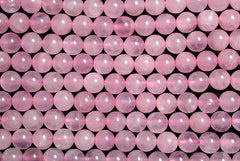
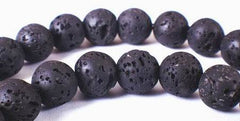
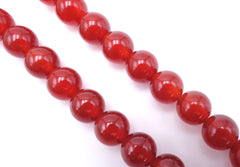
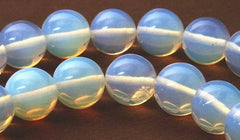
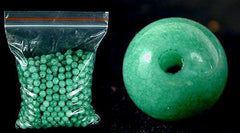
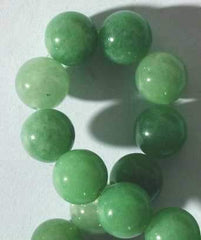


 No Internet?
No Internet?




